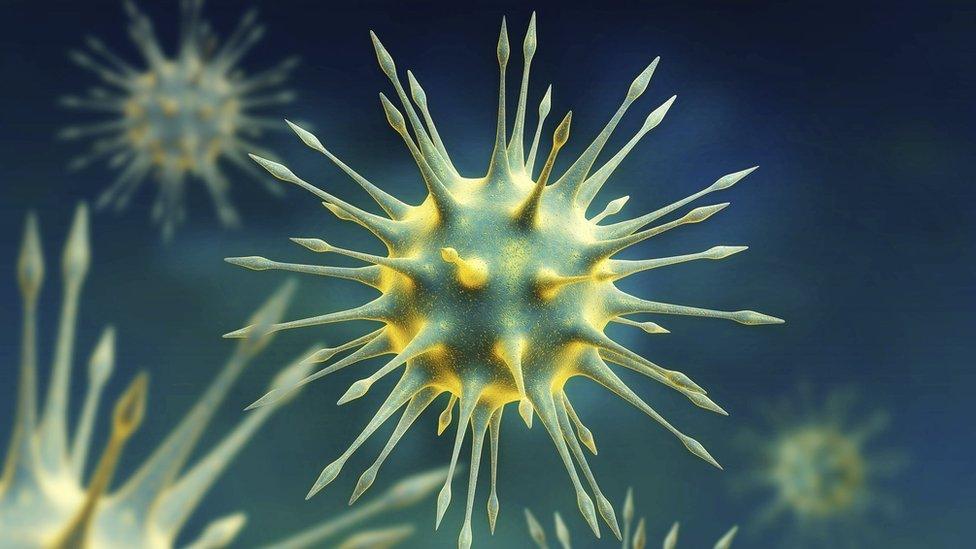Using drones to save lives in Malawi
- Published
A drone is being tested to see if it can carry blood samples to the laboratory
It started with an aeroplane journey back in 2014.
"I knew nothing about drones," says Judith Sherman, the head of HIV for the UN children's fund, Unicef, in Malawi. But as she leafed through an in-flight magazine about pizza deliveries by drone in Mumbai, she had a eureka moment.
"Drones could be used to solve the logistical challenge of swiftly delivering HIV/Aids care in rural Malawi," she thought.
Two years later she is about to find out if she was right as important experiments get under way.
The government says 10,000 children died of HIV-related illnesses in Malawi in 2014, which is the "equivalent to a school bus full of youngsters dying every week," according to Ms Sherman.
A young child may get the virus from an HIV-positive mother during pregnancy or birth, or when the mother is breastfeeding, but drugs can reduce the risk of transmission.
Only half of the young people with HIV have access to treatment, and their initial diagnosis is often delayed because of the poor state of the roads.

A blood sample is taken to see if children are HIV positive
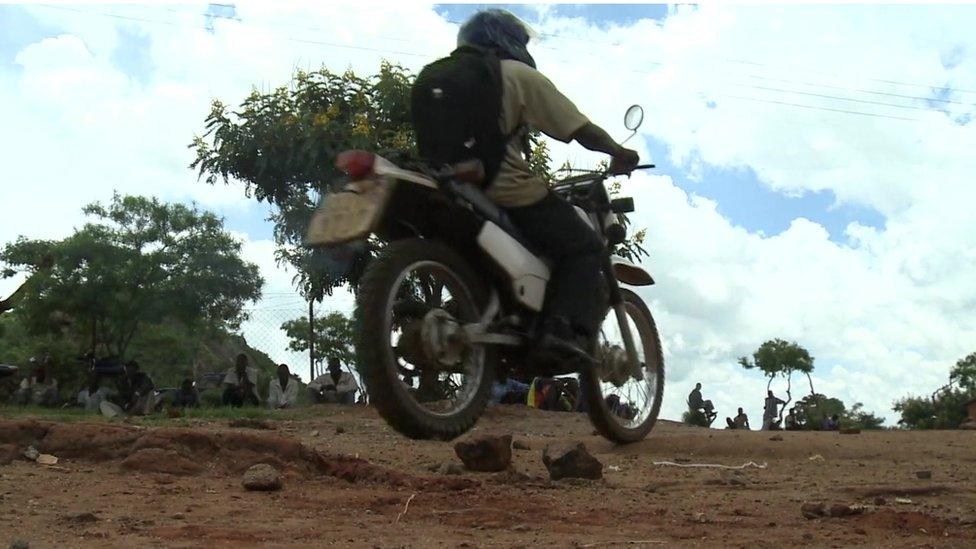
Motorbikes have to travel along rough tracks to deliver the blood samples
Unlike adults, screening for the virus in children with HIV-positive mothers requires specialist laboratories that can do a sophisticated test.
There are only eight of them in the country and for many people they are hard to access.
With many Malawians living in remote villages, the blood samples from rural HIV clinics need to be transported by motorbike along what are little more than dirt tracks, and that is where drones could have a revolutionary effect - slashing the waiting time for the blood test result.
California-based company Matternet has designed a drone as part of an experiment being conducted in partnership with Unicef.
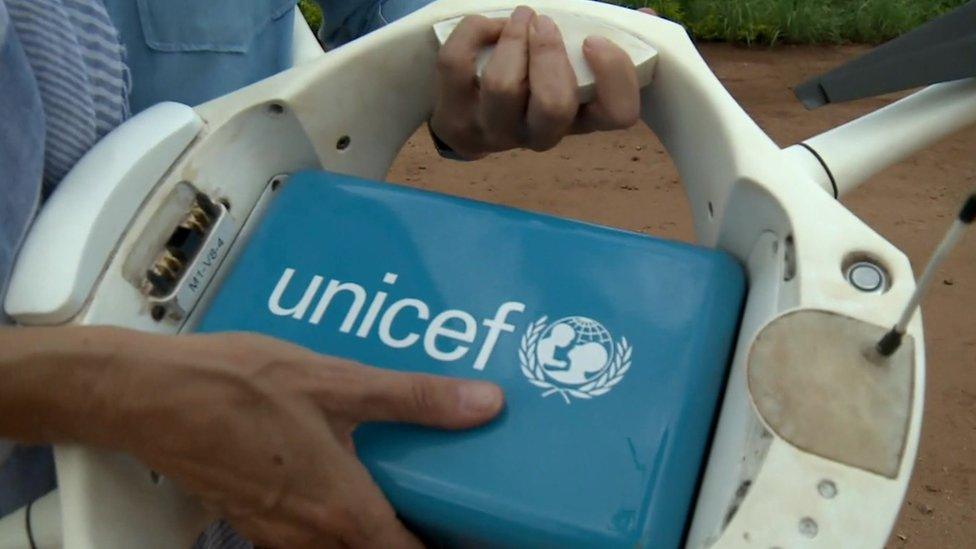
The drone can carry a payload of up to 1kg
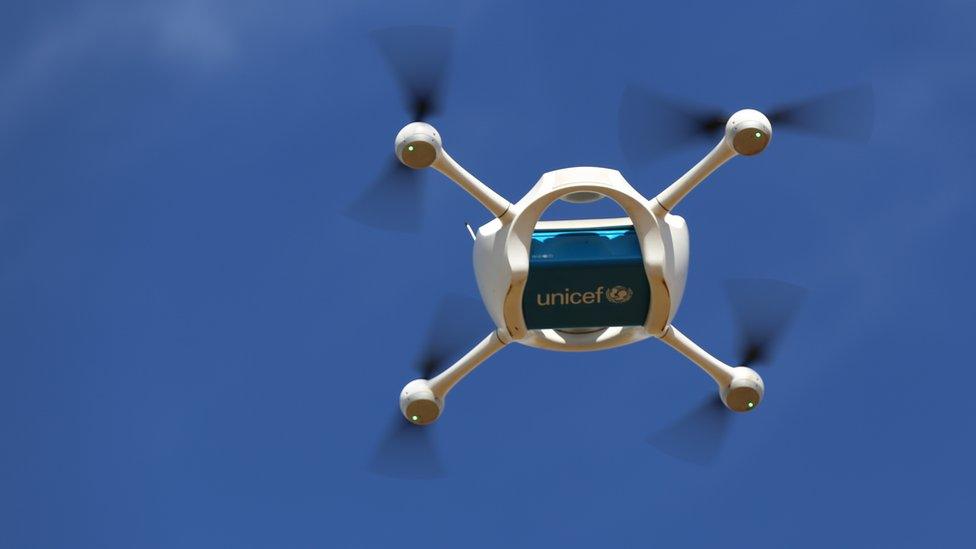
The drone is also fitted with a parachute in case of emergencies
Just like mobile phones transformed healthcare in Africa more than a decade ago, drones could do the same for programmes to deal with HIV, ultimately saving lives.
Instead of using motorbikes to transport blood samples, which often require a large batch to make the delivery costs worthwhile, Unicef and Matternet are testing whether deliveries could be more efficient by air.
"This is the power of things that are unexpected," says Paola Santana from Matternet. "People didn't see them coming and then they change everything."
She is a technology evangelist, clearly on a mission to share the fruits of scientific advance to solve logistical problems.
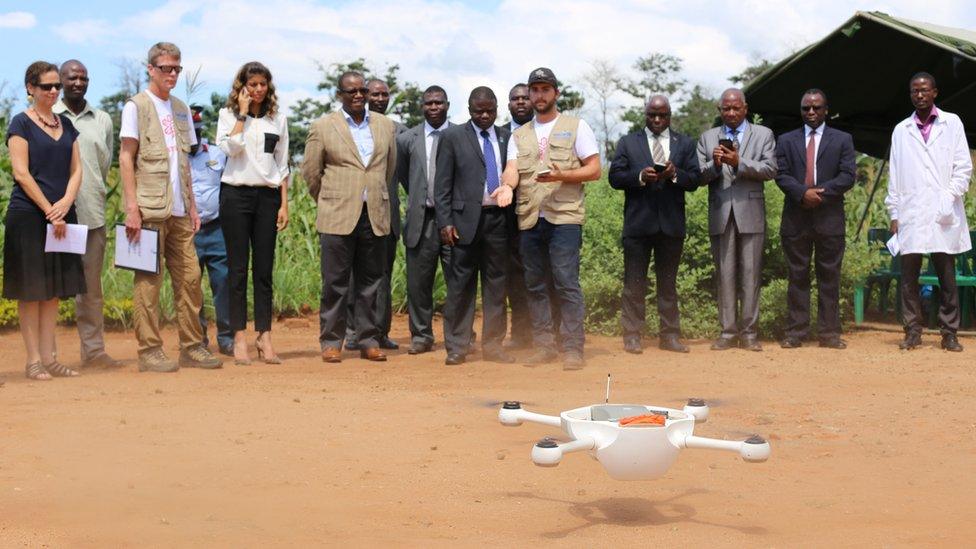
The drone can be operated through a mobile phone app
The drone used in the test is less than a metre long and is programmed to travel along a designated route, passing predetermined way points, which are plotted using an app.
No pilot is necessary, instead it requires a health worker with a password and a GPS signal on their mobile phone. At the swipe of a button the vehicle is airborne.
It has already been certified as safe by Malawi's defence ministry, which has approved an air corridor for the drone's use.
But in the months ahead, the team from the Silicon Valley will run tests to measure the drone's resilience, cost effectiveness and efficiency.
"You put a payload box and a fresh battery on the drone," says Ms Santana, as she demonstrates how the device can carry up to 1kg (2.2lb) of dried blood samples in a compartment tucked under a battery. "You then open the app and select the location, you swipe and you hit take off."
As the drone makes its maiden flight in Malawi in front of a group of invited guests, villagers lined the edge of a nearby maize field.

Villagers turned out to watch the first launch of the drone
They direct their their gaze skywards to view the humming electrical beast making its first ascent. Then burst into peals of nervous laughter.
"I thought it was going to come crashing down onto my head," giggles one woman.
They had already been told by village doctors that there was nothing to fear, and that no witchcraft was involved in levitating the drone.
"They were frightened at first," medical assistant Joanna Mwale confesses. "These are traditional areas, they've seen aeroplanes but nothing like this."
Malawi Health Minister Peter Kumpalume is an enthusiastic advocate, and he compares the launch to his days as a young boy flying toy planes fashioned from maize husks. He is not worried about safety, but does acknowledge that there are cost issues.
Overcoming the cost
The operating costs are minimal because electricity to recharge the battery is cheaper than diesel fuel for motorbikes, but each drone costs $7,000 (£4,900), so there needs to be a strong business case.
The minister though is convinced of the drone's potential, and the logistical barriers can be overcome in a country where HIV rates among children remain stubbornly high, and one in 10 Malawians live with HIV.
"It's specialist testing we do for youngsters. If you delay giving them treatment most of them don't live beyond two years old," Mr Kumpalume says.
"So the earlier the detection and the earlier the intervention, the longer they live and become productive citizens of the country."
The experiment is still in its early phase.
The tests over the next week will measure the drone's performance with differing winds speeds, humidity and distance, and if the results prove positive, the experiment will be expanded.
These so-called leapfrog technologies have a record of changing the way things are done, and in time, with enough financial commitment, drones could change the face of HIV programmes across Africa.
- Published12 March 2016
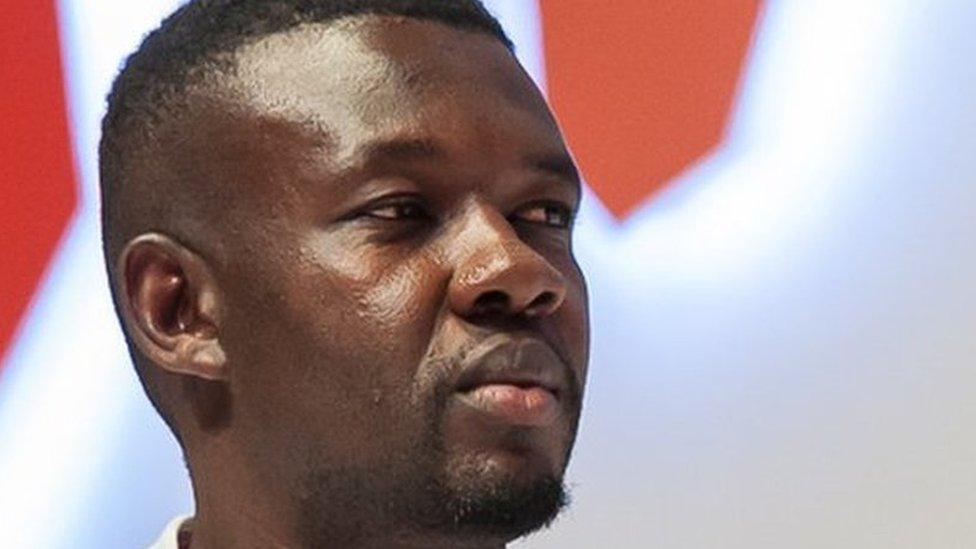
- Published2 July 2015

- Published2 August 2015
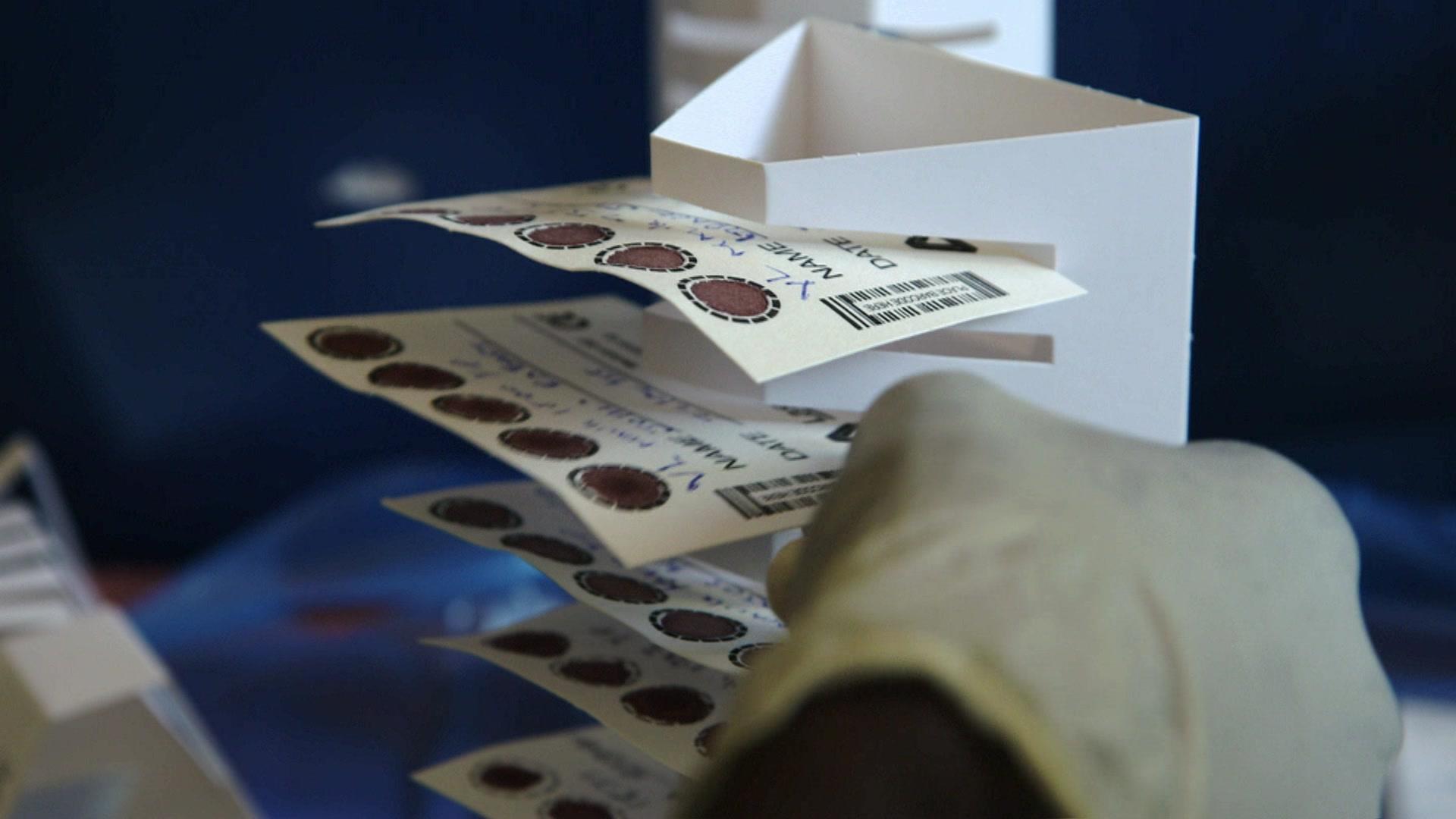
- Published30 September 2015
